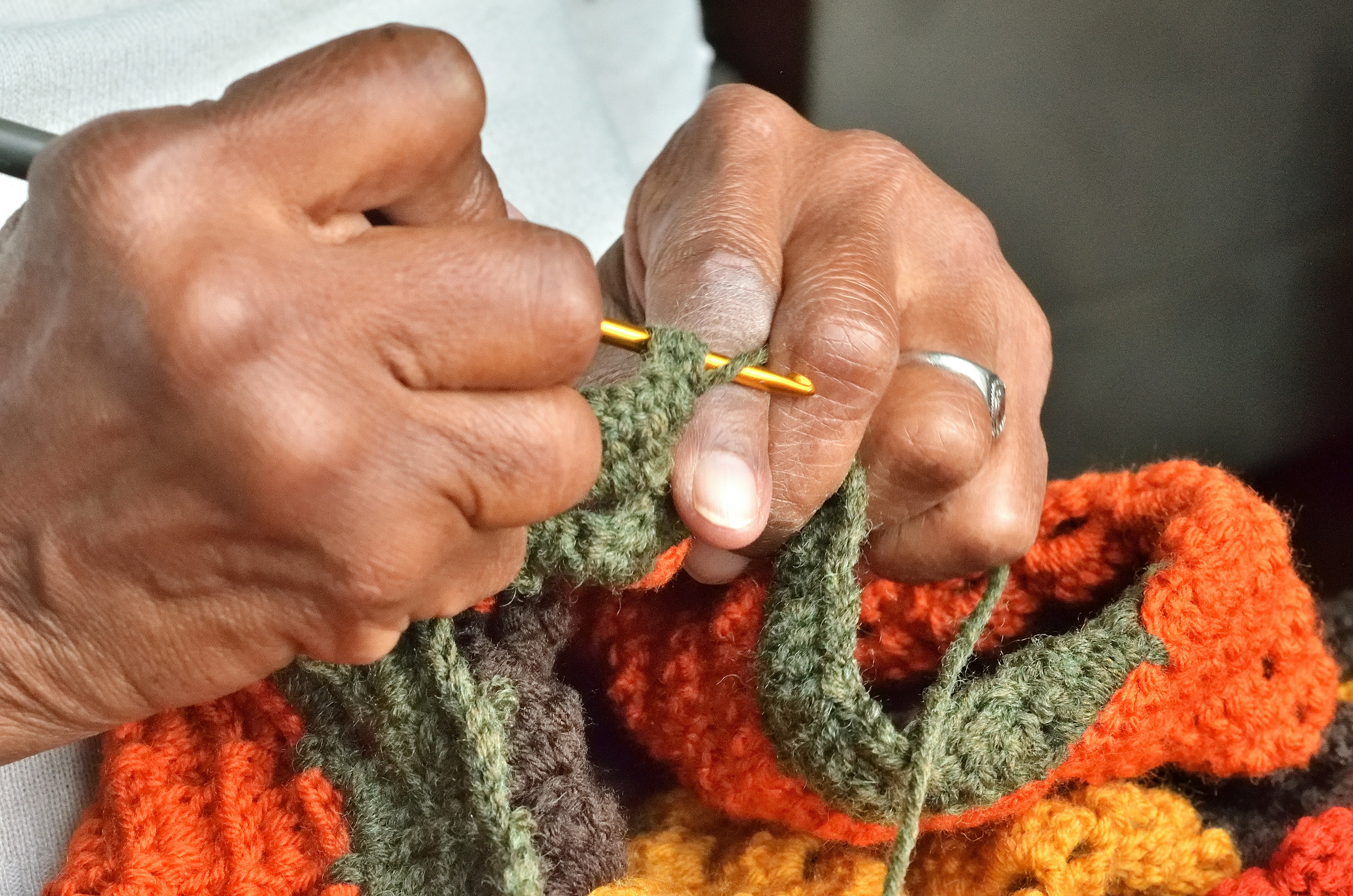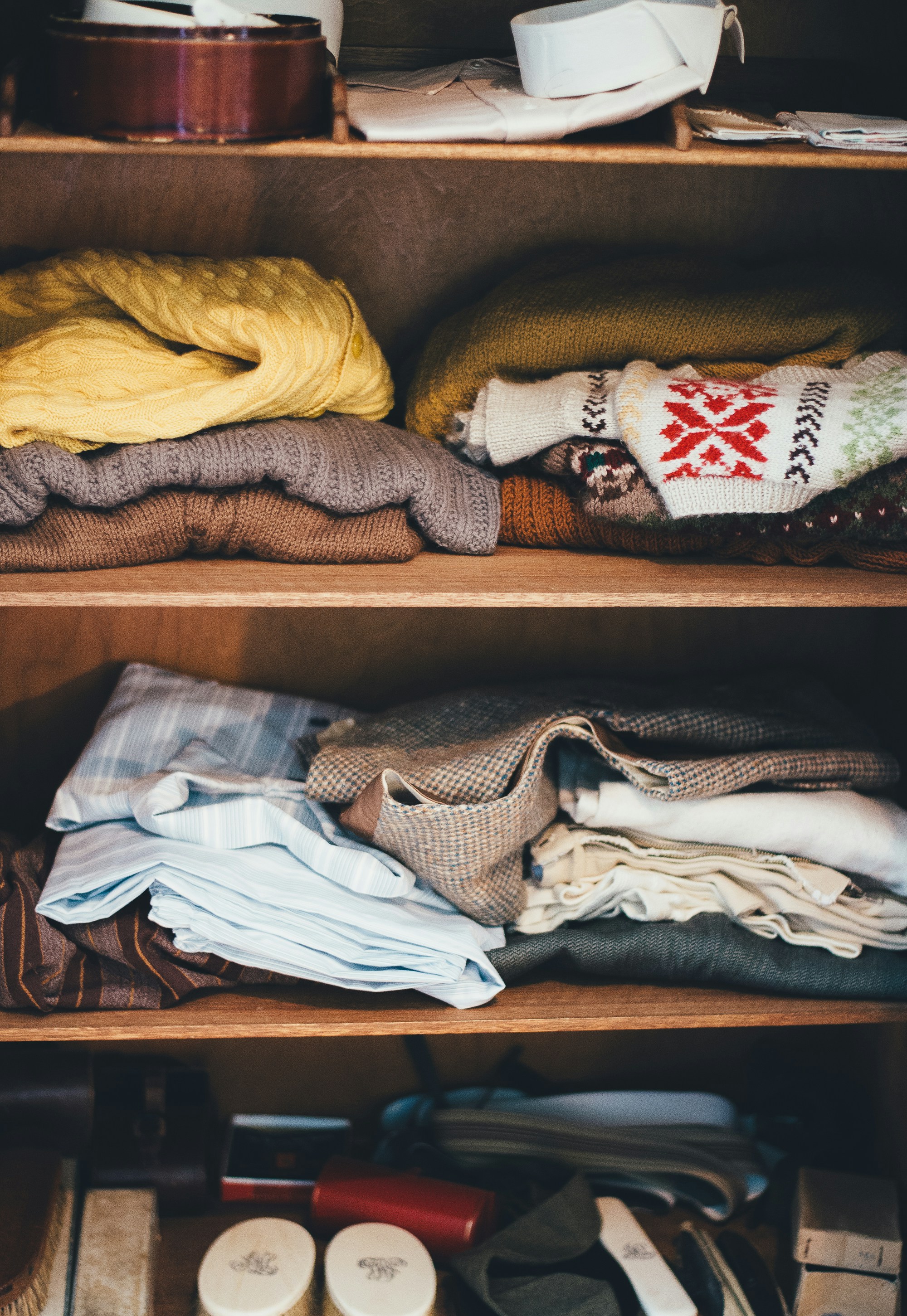Cleaning & Organization
How to Preserve Heirloom & Handmade Textiles
July 24, 2025

Often, the most meaningful items in our homes aren’t brand new. They’re the ones lovingly handmade or passed down through generations. Whether it’s a hand-knit baby blanket, a vintage lace dress, or a quilt stitched by a loved one, heirloom and handmade textiles hold emotional value.
At Eucalan, we believe preserving what you already own is one of the most powerful things you can do for your memories and for the environment. Here’s how to care for these treasured textiles and ensure they last for generations to come.
why preserving garments matters
Caring for what we already have is one of the most sustainable habits we can adopt. Extending the life of garments, especially handmade or heirloom pieces, helps reduce waste and lessens the demand to produce more, new clothing.
When you choose to repair, reuse, and care for special items, you're not only protecting the planet, you’re preserving craftsmanship and heritage. These pieces often reflect countless hours of work, meaningful intentions, and a connection to the past. Thoughtful garment care is both a climate action and a quiet act of love.
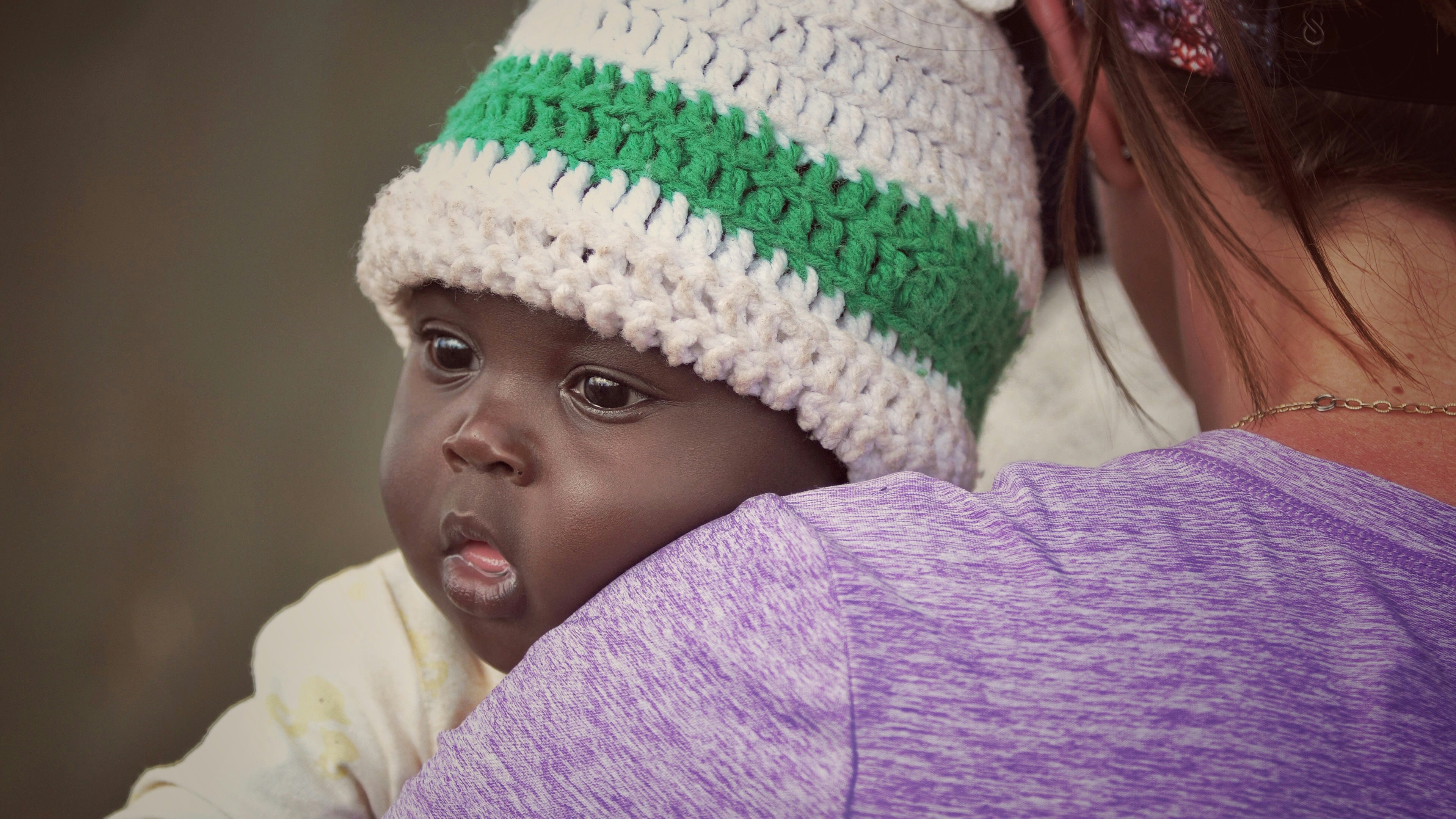

step by step care
1. Wash with a Gentle, No-Rinse Formula
Traditional detergents can be too harsh for delicate fibres like wool, silk, linen, or antique cotton. Many contain enzymes, optical brighteners, or synthetic fragrances that may damage or fade fragile fabrics over time.
Instead, choose a gentle, no-rinse wash like Eucalan, which is specifically formulated for delicate fibres. Our formula is:
-
Enriched with lanolin to condition and protect
-
Biodegradable and non-toxic
-
Phosphate-free and septic-safe
-
Lightly scented with essential oils—or available unscented
Using a no-rinse wash also helps reduce unnecessary handling and agitation of delicate items.
How to do it:
-
Fill a clean basin or tub with lukewarm water (cooler for fragile or brightly dyed fabrics).
-
Add about one teaspoon of Eucalan per 4 litres of water.
-
Submerge the textile and allow it to soak for 15–30 minutes.
-
Gently press water through the fabric, but do not agitate or scrub.
-
No rinsing needed—just drain and move to drying.
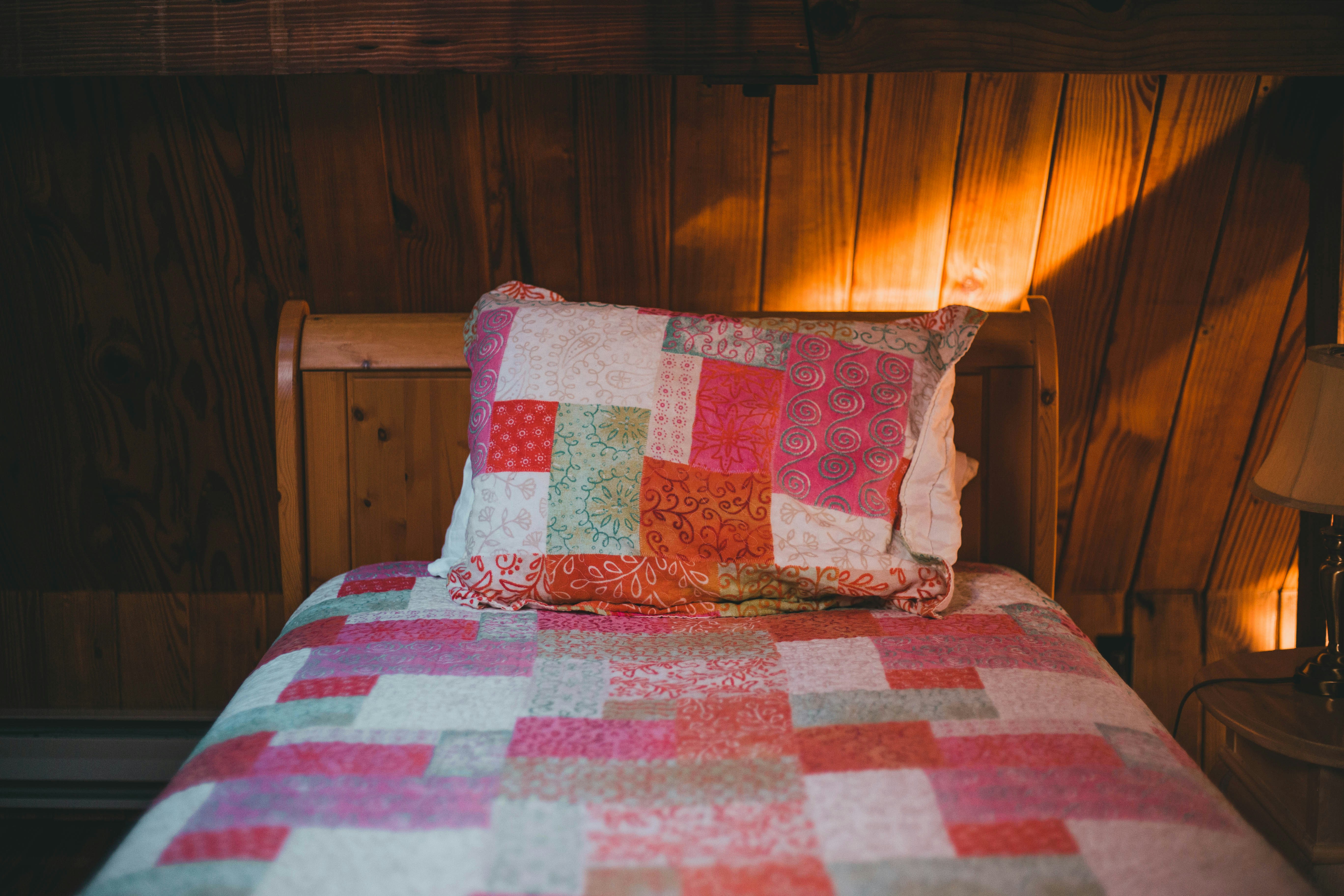
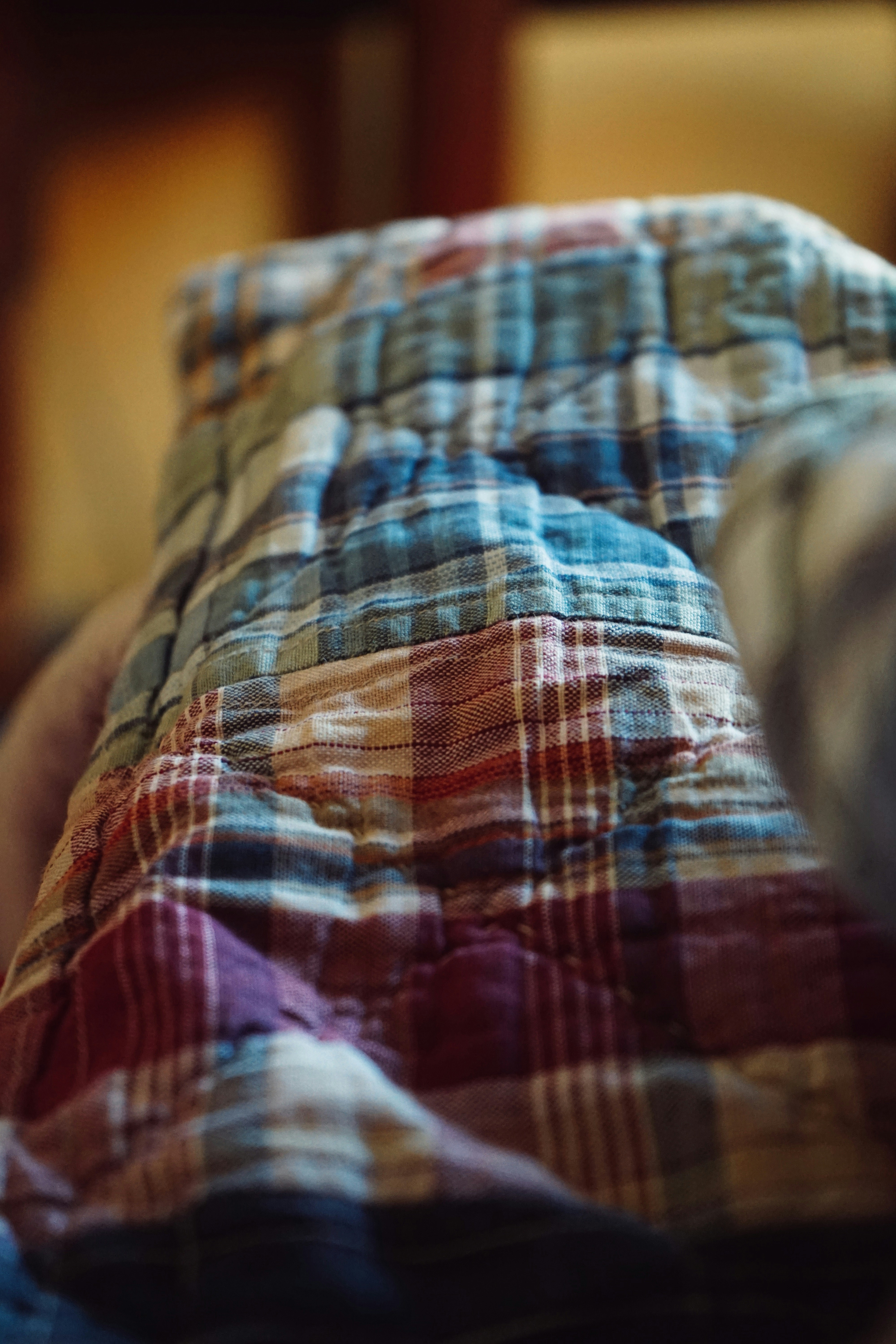
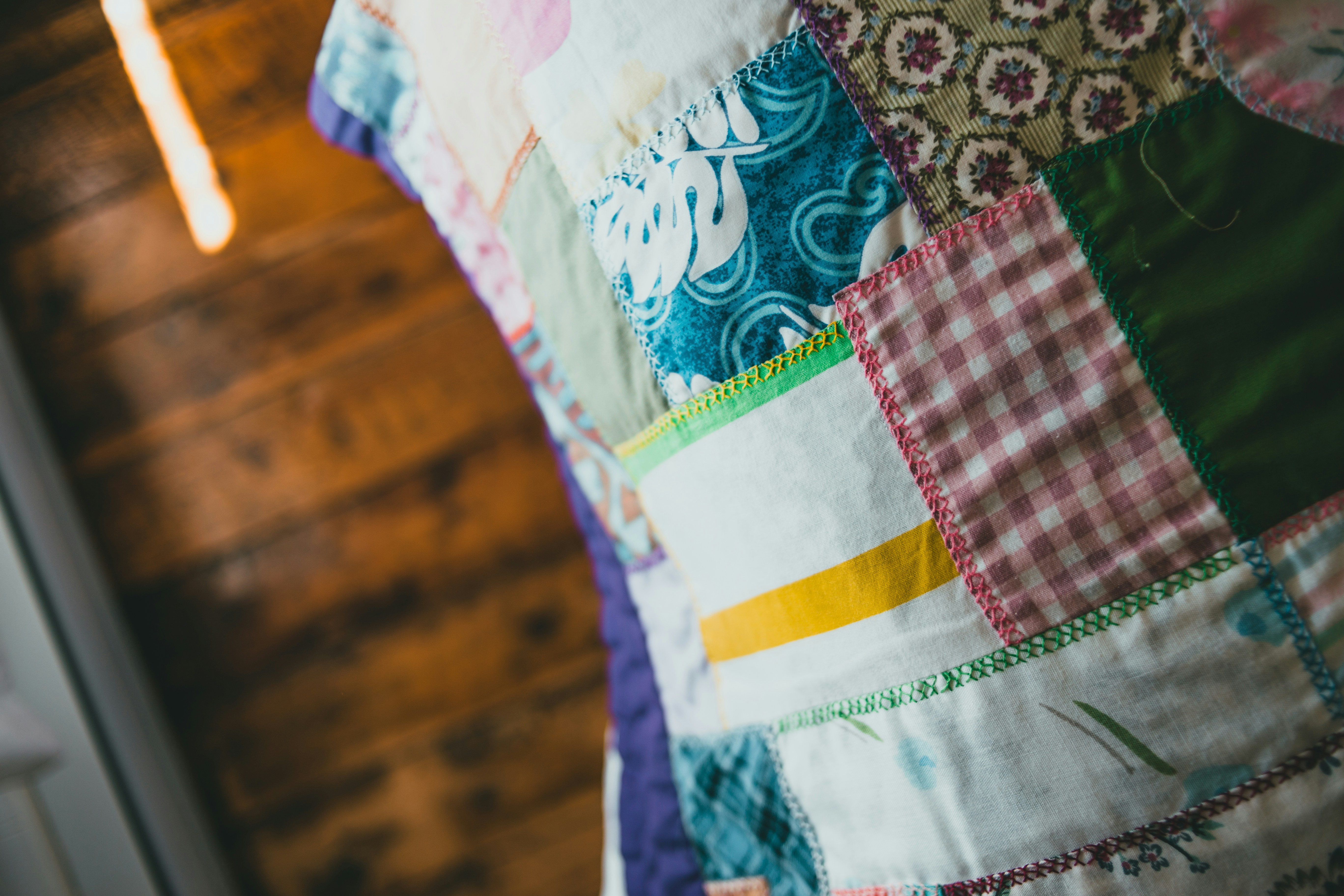
2. Remove Water Carefully
-
Gently lift the item from the basin, supporting its full weight.
-
Press between two clean towels to remove excess water—never wring or twist. A spin cycle can be used at your discretion. Sometimes it is convenient for extra-large items, but you want to consider whether the item can withstand the machine's agitation.
-
Lay flat to dry on a towel or mesh drying rack, reshaping as needed.
-
Allow the item to fully dry before folding or storing.
3. Store Items Properly
Storage is just as important as washing when it comes to preserving heirloom pieces.
-
Place textiles in a breathable cotton bag.
-
Avoid plastic bags or bins, which can trap moisture and cause mildew.
-
Store in a cool, dry, dark place away from direct sunlight.
-
Use natural moth deterrents like lavender sachets or cedar blocks (near, but not directly on the fabric).
small habits, big impact
Thoughtful care isn’t just about keeping your clothes looking good, but about shifting our culture. When we wash gently and store mindfully to extend the life of garments, we:
-
Reduce clothing waste and keep textiles out of landfills
-
Lower our personal environmental impact
-
Honour the time, creativity, and materials behind handmade items
-
Maintain family history and cultural stories
-
Embrace a slower, more sustainable approach to fashion
Thoughtful care today, lasting beauty for years to come.
